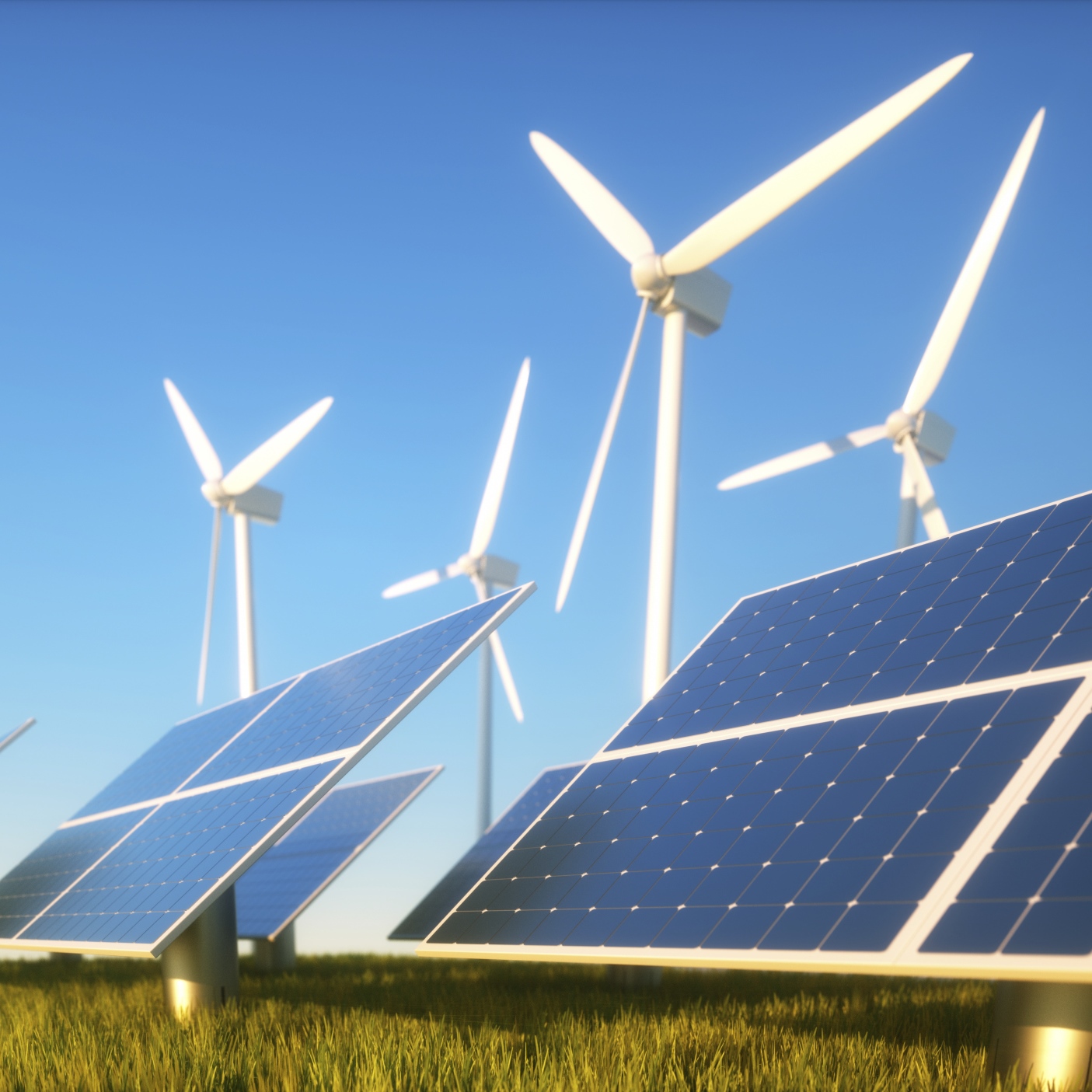Energy
China Replaces US as Largest Producer of Renewable Energy

Published:
Last Updated:

China’s total electric power generation capacity from renewable sources now represents 20.5% of the world’s total while the U.S. share is 20%. China is now the world’s leading producer of electricity from renewable sources.
Global growth of electric power generation from renewable sources (excluding hydropower) rose 14.1% year over year in 2016, the largest-ever incremental growth for renewables according to BP’s Statistical Review of World Energy. China contributed 40% of the world’s annual growth last year, substantially above the 16.9% U.S. growth in generation from renewable sources.
The BP report noted that while wind continues to produce the largest increase in renewable power, solar is quickly catching up:
It took around 20 years for the share of countries producing a sizeable amount of wind power to increase from 15% to 75%; solar achieved the same degree of diffusion in less than half that time. In sharp contrast, nuclear energy plateaued at less than half the number of countries.
World coal production fell by 6.2% year over year in 2016, the largest decline on record. Chinese production fell by 7.9% and U.S. production fell by 19%.
Coal consumption fell by 1.7% globally, its second consecutive decline. U.S. consumption fell 8.8% and Chinese consumption fell by 1.6%. Coal consumption in the United Kingdom fell by a whopping 52.5%, the lowest level BP has ever recorded. Coal’s share of global primary energy consumption fell to 28.1%, its lowest level since 2004.
Carbon emissions rose by 0.1% year over year in 2016 and during the three-year period between 2014 and 2016, carbon emissions growth has been at its lowest since 1981 to 1983. In the prior 10 years, carbon emissions grew at an average of 2.5% annually.
Is the decline in emissions a long-term transition or a short-run adjustment? BP sees China as the key to answering that question:
China’s carbon emissions are estimated to have actually fallen over the past two years, after growing by more than 75% in the previous 10 years. … [T]here are good reasons for thinking that some of this improvement in China’s carbon emissions reflects structural factors that are likely to persist: slower economic growth; a shift in the composition of growth towards less energy-intensive sectors, and a movement away from coal. But some probably reflects cyclical factors, particularly the contractions in some of China’s most energy intensive sectors, which are unlikely to keep being repeated and may well unwind in future years.
BP’s Statistical Review of World Energy also contains data on the use and consumption of other energy sources and is available at the company’s website.
The average American spends $17,274 on debit cards a year, and it’s a HUGE mistake. First, debit cards don’t have the same fraud protections as credit cards. Once your money is gone, it’s gone. But more importantly you can actually get something back from this spending every time you swipe.
Issuers are handing out wild bonuses right now. With some you can earn up to 5% back on every purchase. That’s like getting a 5% discount on everything you buy!
Our top pick is kind of hard to imagine. Not only does it pay up to 5% back, it also includes a $200 cash back reward in the first six months, a 0% intro APR, and…. $0 annual fee. It’s quite literally free money for any one that uses a card regularly. Click here to learn more!
Flywheel Publishing has partnered with CardRatings to provide coverage of credit card products. Flywheel Publishing and CardRatings may receive a commission from card issuers.
Thank you for reading! Have some feedback for us?
Contact the 24/7 Wall St. editorial team.